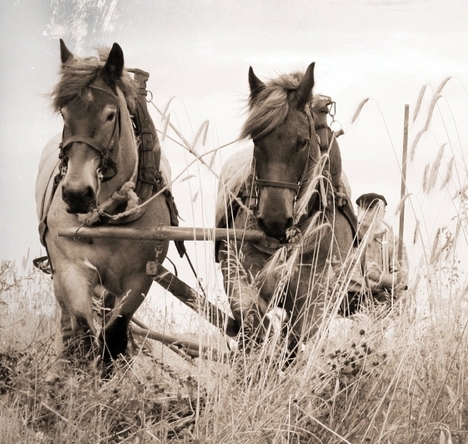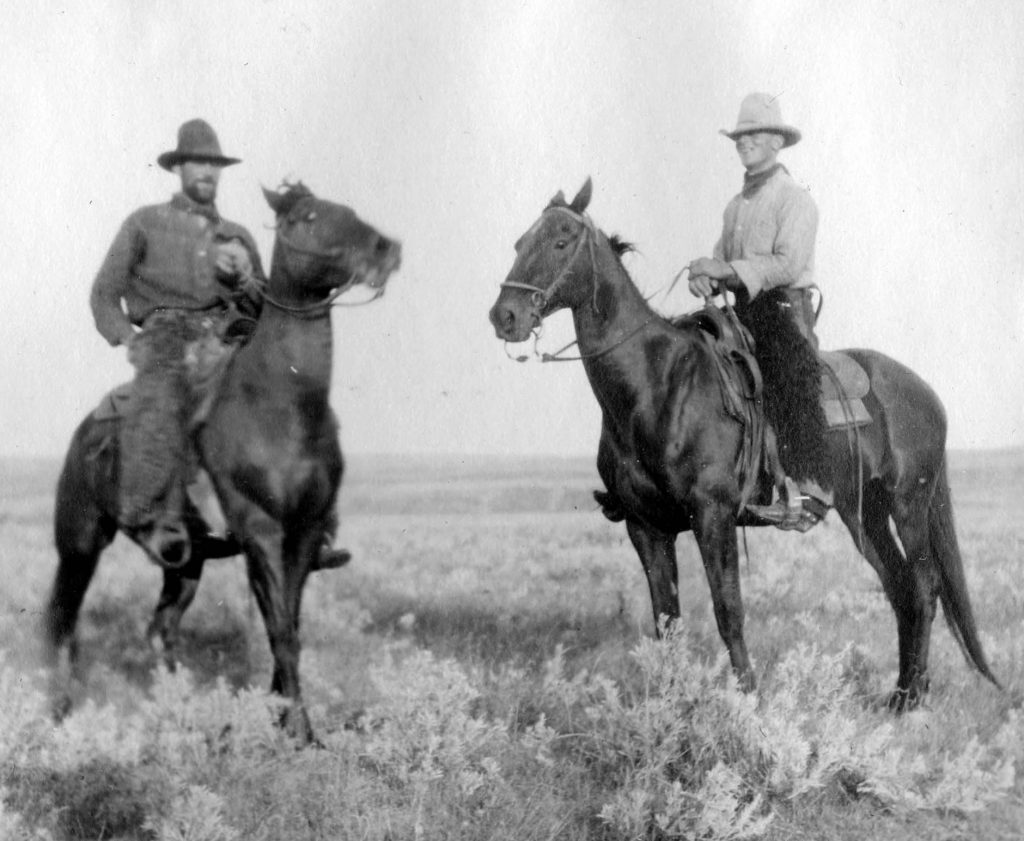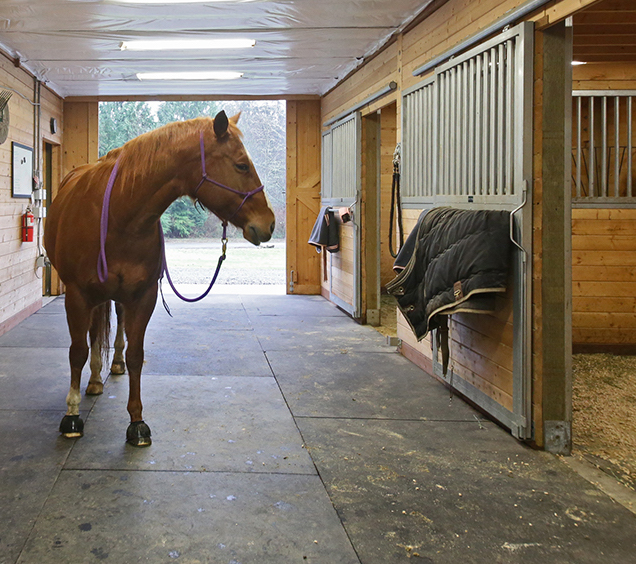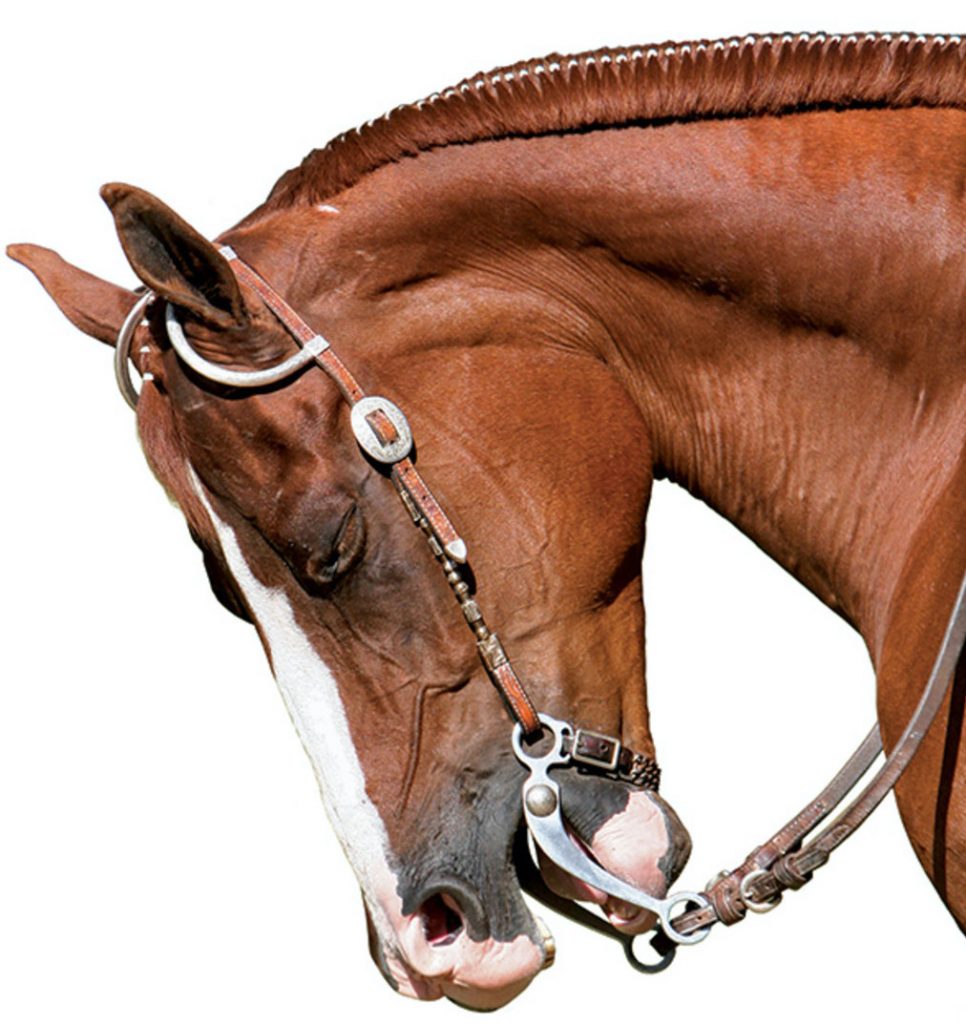I’ll be excited to join a National Cowboy Poetry Gathering panel in a few weeks to talk about the state of horses in the 21st century. In Elko, at Western Folklife’s G Three Bar Theater, I’ll sit with Randy Rieman, Bryan Neubert, and Maria Lisa Eastman to discuss Of Horses and Riders. Come join us on Saturday, February 1. Read about Special Sessions here. Or, check out the entire NCPG schedule here.
 What was it like for horses in this country one hundred years ago?
What was it like for horses in this country one hundred years ago?
When it comes to how they’d want to be treated, my hunch is that they fared better and worse. Back then, Americans had lots of space and there were lots of horses, about one for every family (25 million horses for a human population of about 100 million).
Here are positive elements their 1920’s situation:
- Most had plenty of room to graze and hang out together
- They were fit, used, and exercised often
- They ate mostly grass and hay
Some negative elements of their 1920’s situation:
- Most horses were “broke.” Many owners sought to dominate them. Some trained and treated them in a manner that we might consider cruel and inappropriate now.
- Injured or disabled horses were shot or otherwise disposed of.
- As beasts of burden, some suffered from neglect, mishandling or abuse. Millions were used in battles and wars and subsequently suffered and died.
- There was lots of bad gear and use there of. Equipment, including severe bits, martingales, tie downs, etc. etc, made life less than pleasant for horses. (see image) Behind the poor equipment, of course, was poor education.

No wonder their ears are pinned
In the 21st century, horses’ situations are dramatically different. For starters, while the human population has mushroomed to about 360 million, the horse population has shriveled. Estimates for the American horse population vary from 5-10 million in recent years.
Read more about the 36th annual NCPG.
Horse owners on average have three horses, so there are only a few million Americans who own horses now, less than one percent of the population. If that. Most horse owners are middle to upper class, college-educated women according to this study. At least three-quarters of horses are used strictly for recreation.
Are horses better off?
Gone, for the most part, is the practice of dominating and “breaking” horses. Instead, we’ve seen a gentling revolution over the past decades, in which owners are increasingly interested in developing a partnership with their equines. But there is still plenty of bad gear and poor use of it. Equipment, including severe bits, martingales, tie downs, etc. etc, make life less than pleasant for horses. Behind the poor equipment, of course, is poor education. Sound familiar?

Most horses are better kept, but is that better?
Horses are now suburbanites. That’s something that is less than ideal for them. Folks spend more money on their horses now, but there is less space and fewer jobs for them. They move less. Many are kept in stalls, especially in the eastern U.S.
Horses today are more often fed grain and managed in isolation. These elements undoubtedly make them more susceptible to a host of ailments including colic, obesity, laminitis, and other problems that come from not moving enough, being fed too much, and not being in an open, herd-like setting.

Alas, harsh equipment and harsh hands still exist
In broad strokes, if we were to consider the negative elements of each era, we have gone from undercare to overcare. Neither is good for horses. Read more about that here.
In Part II, we talk more about the evolution of horses in the American landscape and lifestyle. Read Part II.